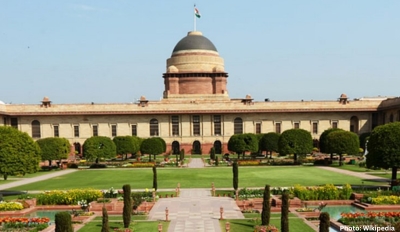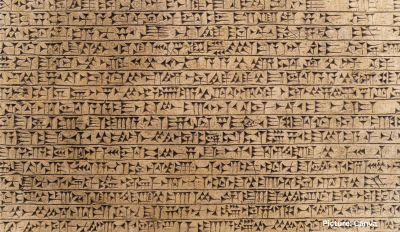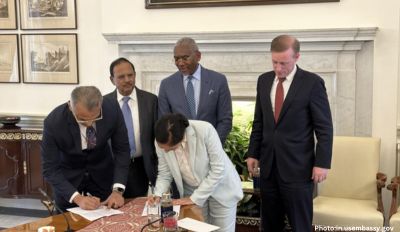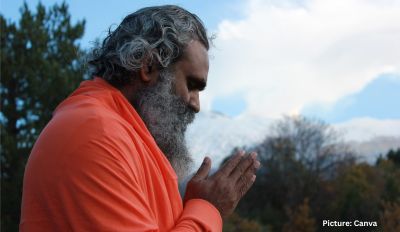The ancient Ellora Caves in the state of Maharashtra will become the first monument in India to have a hydraulic lift to facilitate easy movement of people in wheelchairs, according to a statement by the Archaeological Survey of India (ASI).
The invaluable ensemble of 34 caves at Ellora in the Charanandri hills of western India’s Maharashtra State not only symbolize a unique artistic creation and a technological exploit but, with its sanctuaries devoted to Buddhism, Hinduism and Jainism, it illustrates the spirit of tolerance that was characteristic of ancient India.
The caves, which have temples dedicated to Buddhism, Jainism and Hinduism, also house the largest rock-cut Shiva temple, called Kailasa Temple in Cave 16. Since it’s located in village Verul in Maharashtra, with Leni being the local word for caves, they are also called Verul Leni.
The 34 monasteries and temples, extending over more than 2 km, were dug side by side in the wall of a high basalt cliff, not far from Aurangabad, in Maharashtra. Ellora, with its uninterrupted sequence of monuments dating from A.D. 600 to 1000, brings the civilization of ancient India to life.
As per traditions, the rock-cut activity was carried out in three phases from the 6th century to the 12th century. The earliest caves (caves 1–12), excavated between the 5th and 8th centuries, reflect the Mahayana philosophy of Buddhism then prevalent in this region. The Brahmanical group of caves (caves 13–29), including the renowned Kailasa temple (cave 16), was excavated between the 7th and 10th centuries. The last phase, between the 9th and 12th centuries, saw the excavation of a group of caves (caves 30–34) reflecting Jaina philosophy.
The UNESCO sates: “The ensemble of Ellora is a unique artistic achievement, a masterpiece of human creative genius. If one considers only the work of excavating the rock, a monument such as the Kailasa Temple is a technological exploit without equal. However, this temple, which transposes models from “constructed” architecture, offers an extraordinary repertory of sculpted and painted forms of a very high plastic quality and an encyclopaedic program.”
According to analysts, the authenticity of Ellora Caves is expressed through the architectural forms and designs such as the viharas (monasteries), chaityagriha (sanctuary), and monolithic temples belonging to three different faiths. The materials, locations, and natural setting also play significant roles in determining the authenticity of the property. The Ellora Caves are authentic in terms of the forms and designs, materials and substance, and locations and setting of paintings, rock-cut architecture, sculptures, and unfinished temples of three different faiths, i.e. Buddhism, Brahmanism, and Jainism.











